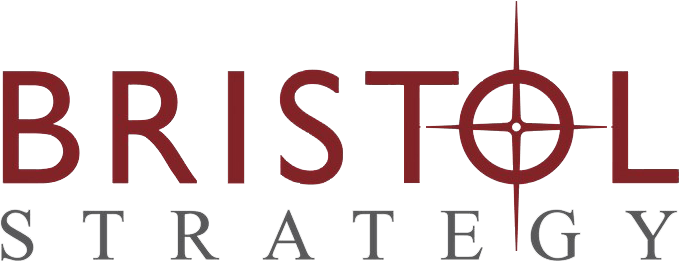Tip #7: Encourage them to leverage their contacts. Board members know lots of people. Make sure they feel comfortable approaching their contacts on your behalf. Remind them that they may know wealthy individuals, people who like to volunteer, corporate executives looking for charities with which to align themselves, or folks who want to serve on boards. Make your board members feel comfortable in approaching their contacts and connections. This can be especially helpful if your board member is acquainted with the founder or director of a family-owned foundation.
Tip #8: Help them ask for money. Some board members may be uncomfortable with asking for donations. Give them a hand by providing your Case Statement, Ideal Donor Profile, and list of funding needs. Provide them with suggested presentation templates, solicitation scripts, and marketing materials they can leave behind. Arrange for some training. Schedule participation in a class, bring in an outside expert, or devote time (in or out of board meetings) for board and staff members to practice, rehearse and coach one another until ‘making the ask’ feels natural. Make sure that no board member is ever required to call on a donor solo; always provide additional staff support. Revenue development is a professional skill, and it’s not fair to assume that all board members have equal skill or talent for the work.
Tip #9: Track performance. Set up specific performance targets for fundraising, using so-called “leading” indicators, that is indicators that take place before the money comes in the door. Consider such indicators as growth in size of prospect database and growth in numbers of proposals under discussion with wealthy individuals and corporate sponsor prospects. The Executive Director should collate such data on a regular basis and report on it at every board meeting. Constant attention to the realities of the fundraising process will institute an important discipline for all.
Fundraising is a critical, strategic function that needs and deserves strong leadership. It’s not “somebody else’s” job, it’s everyone’s. And it’s not enough to simply assume that board members will do the work without being asked, without tools, and without training. We encourage board members to take this message to heart and build on these simple tips to create effective fundraising disciplines.

